Motivation and emotion/Lectures/Brain and physiological needs
< Motivation and emotion < LecturesLecture 03: Brain and physiological needs
| |
Resource type: this resource contains a lecture or lecture notes. |
This is the third lecture for the Motivation and emotion unit of study.
Overview
This lecture explains the role of brain structures, neurotransmitters, and hormones in regulating motivational drives and discusses physiological needs, particularly thirst, hunger, and sex.
Images
-
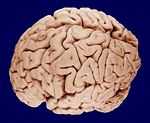
Brain
-
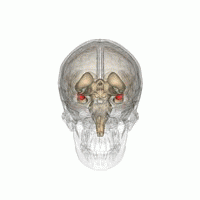
Amygdala
-
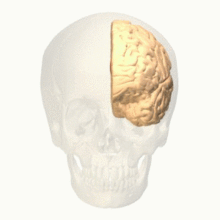
Anterior Cingulate Gyrus
-
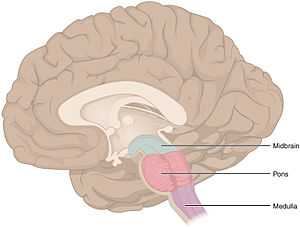
Brain stem (area for Reticular Formation)
-
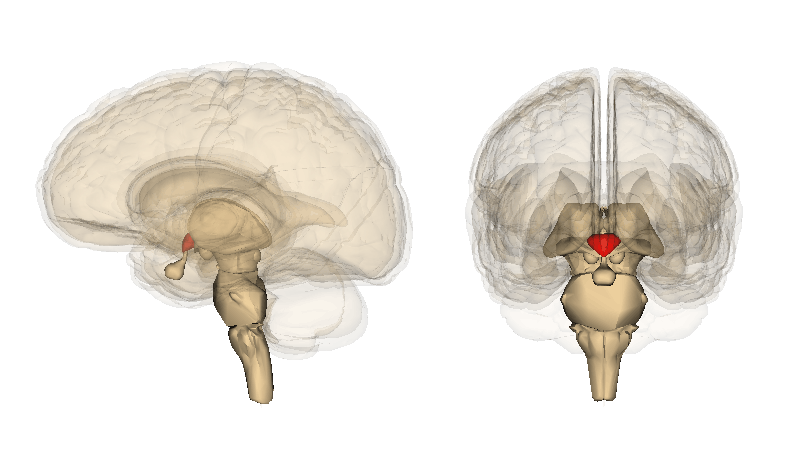
Hypothalamus
-
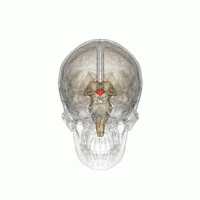
Hypothalamus animation
-
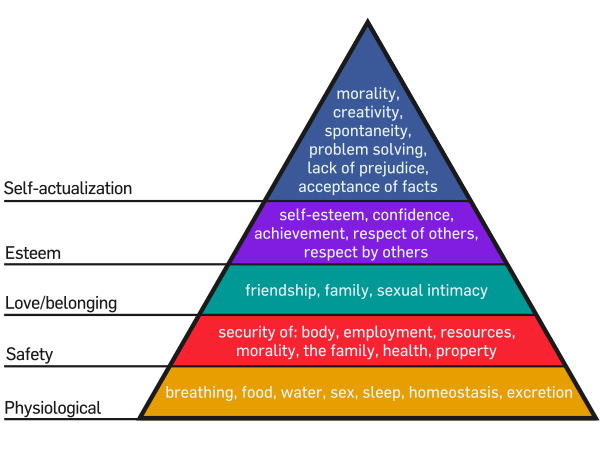
Maslow's hierarchy of needs
-
_animation.gif)
Prefrontal cortex
-
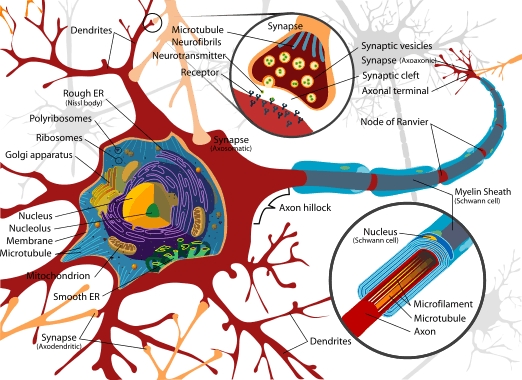
Neuron
-

Ventromedial prefrontal cortex
Multimedia
- Your brain is more than a bag of chemicals (David Anderson, 2013, TED talk)
- Sex, lies and pharmaceuticals (Life Matters, ABC radio, Sept 1, 2010) - Book
Readings
- Chapter 03: The motivated and emotional brain (Reeve, 2015)
- Chapter 04: Physiological needs (Reeve, 2015)
Slides
- Lecture slides (Slideshare)
- 2015 handouts:
- Download 6 slides to a page:
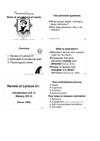
- Download 3 slides to a page:
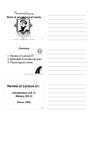
- Download 6 slides to a page:
See also
- Assessment task skills (Previous lecture)
- Psychological needs and implicit motives (Next lecture)
- Tutorial 2: Needs
References
- Eder, A. B., Elliot, A. J., & Harmon-Jones, E. (2013). Approach and avoidance motivation: Issues and advances. Emotion Review, 5, 308-311. doi: 10.1177/1754073913477990.
01 Intro | 02 Assessment skills | 03 Brain & phys needs | 04 Psych needs & implicit motives | 05 Motivation & goal-setting | 06 Mindsets, control, & the self | 07 Nature of emotion | 08 Aspects of emotion | 09 Individual emotions | 10 Unconscious motivation | 11 Growth psych | 12 Interventions & conclusion